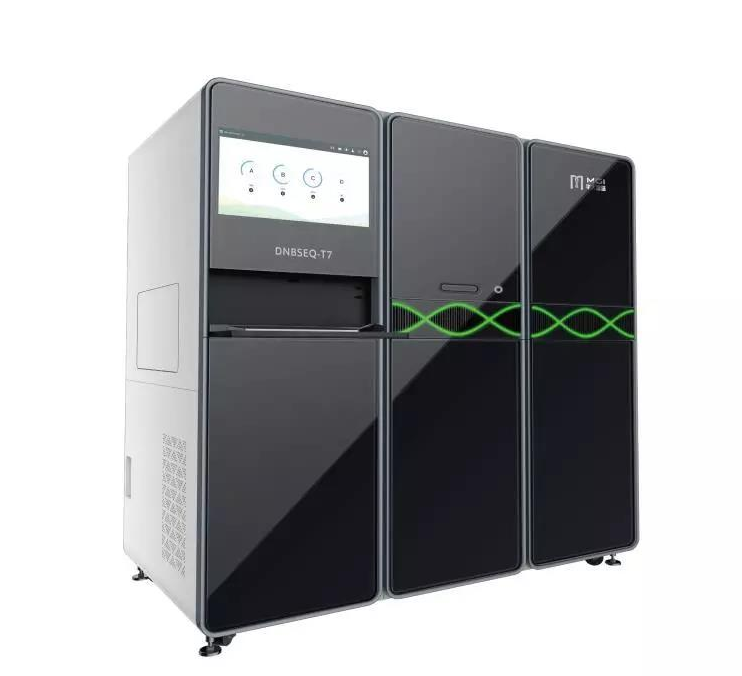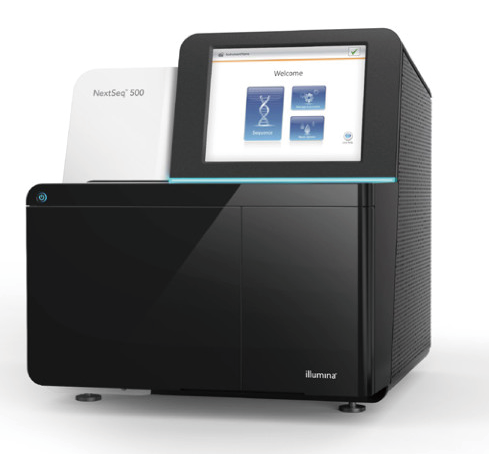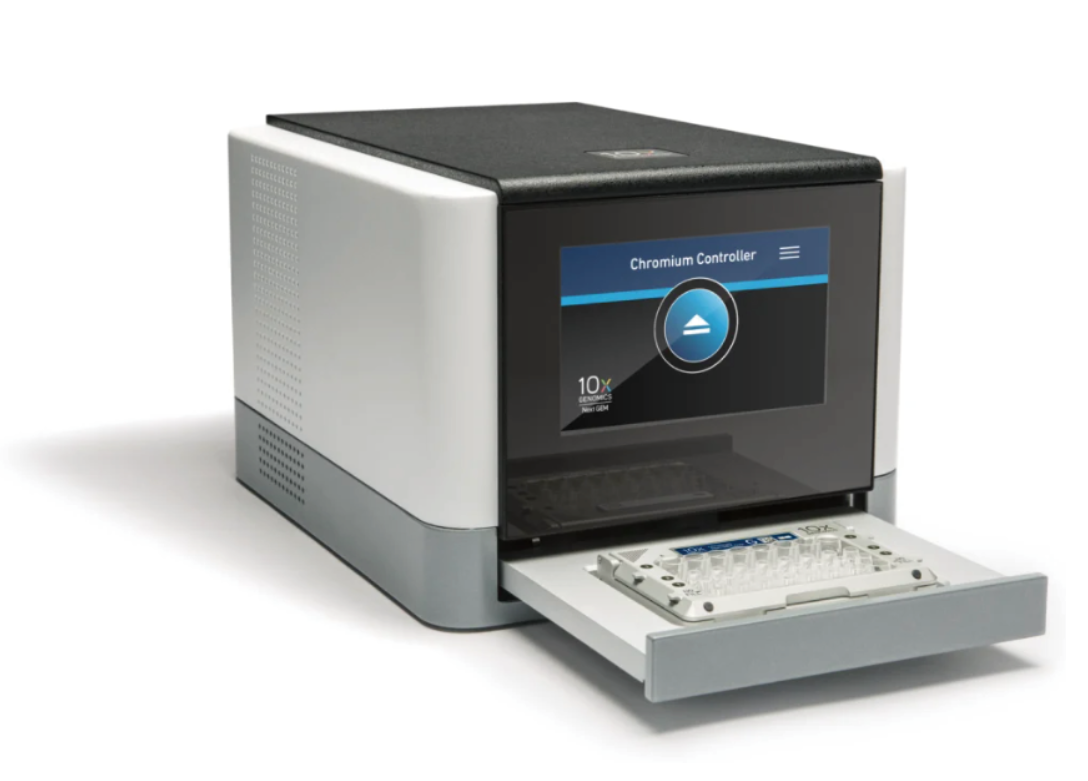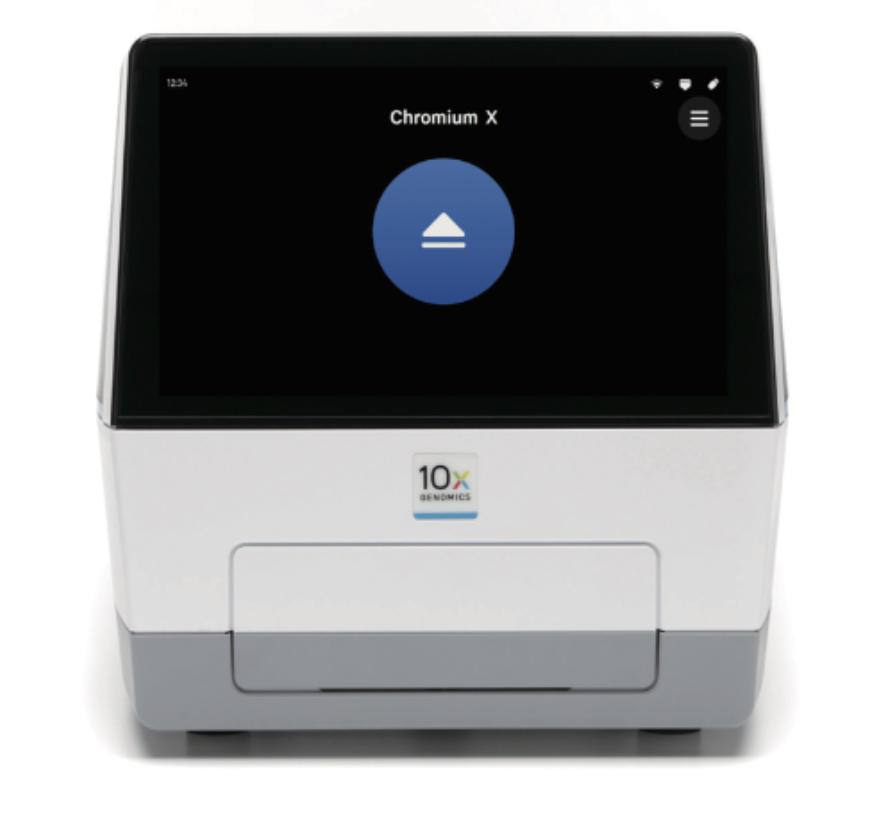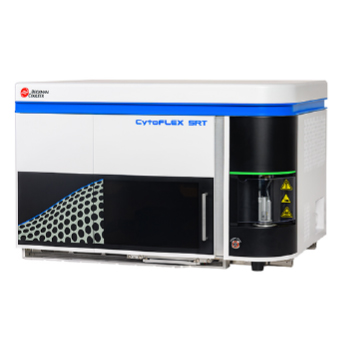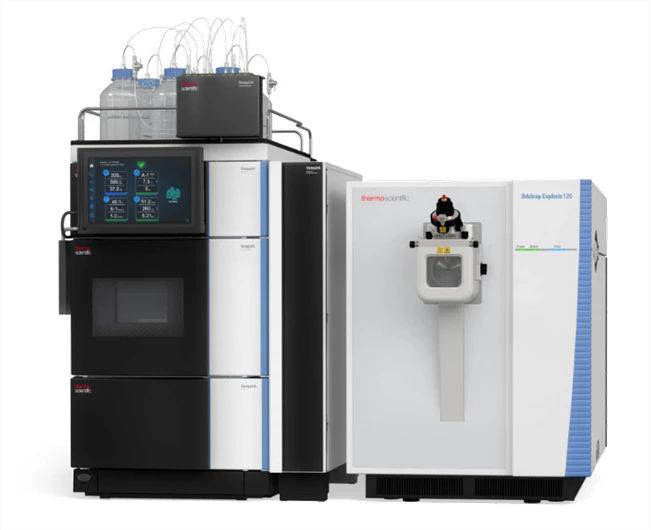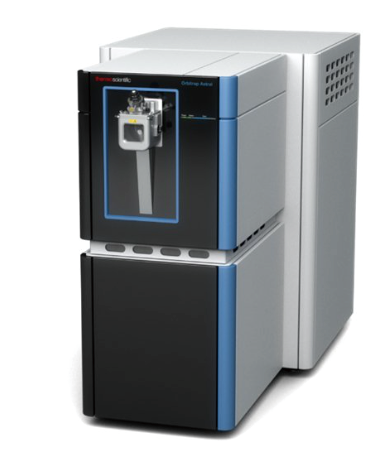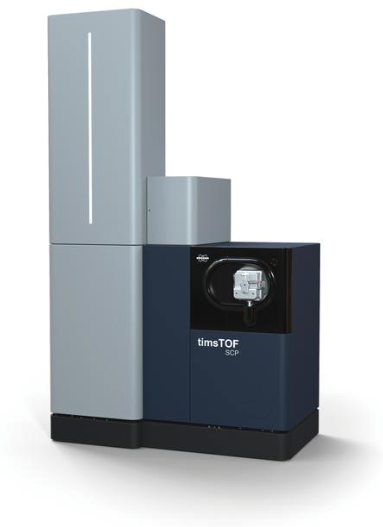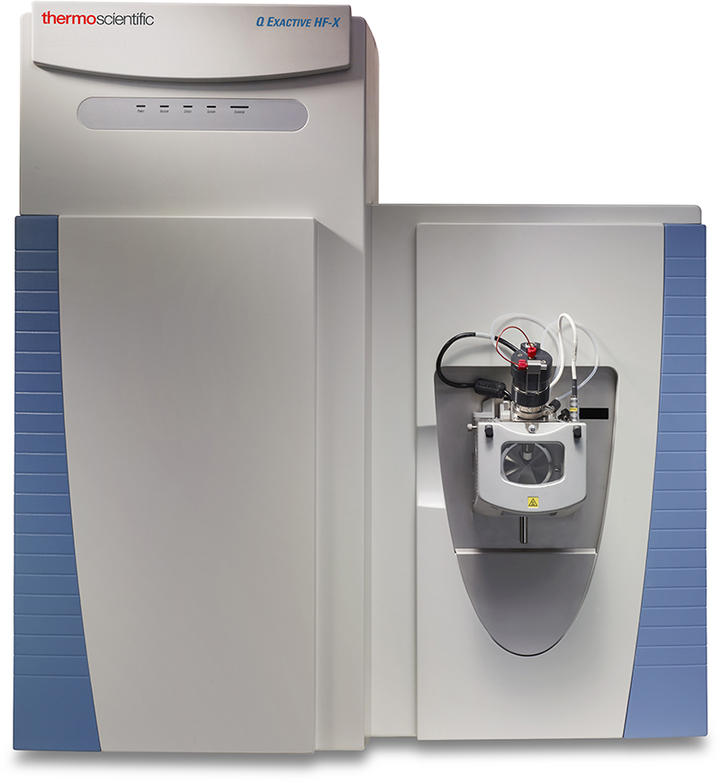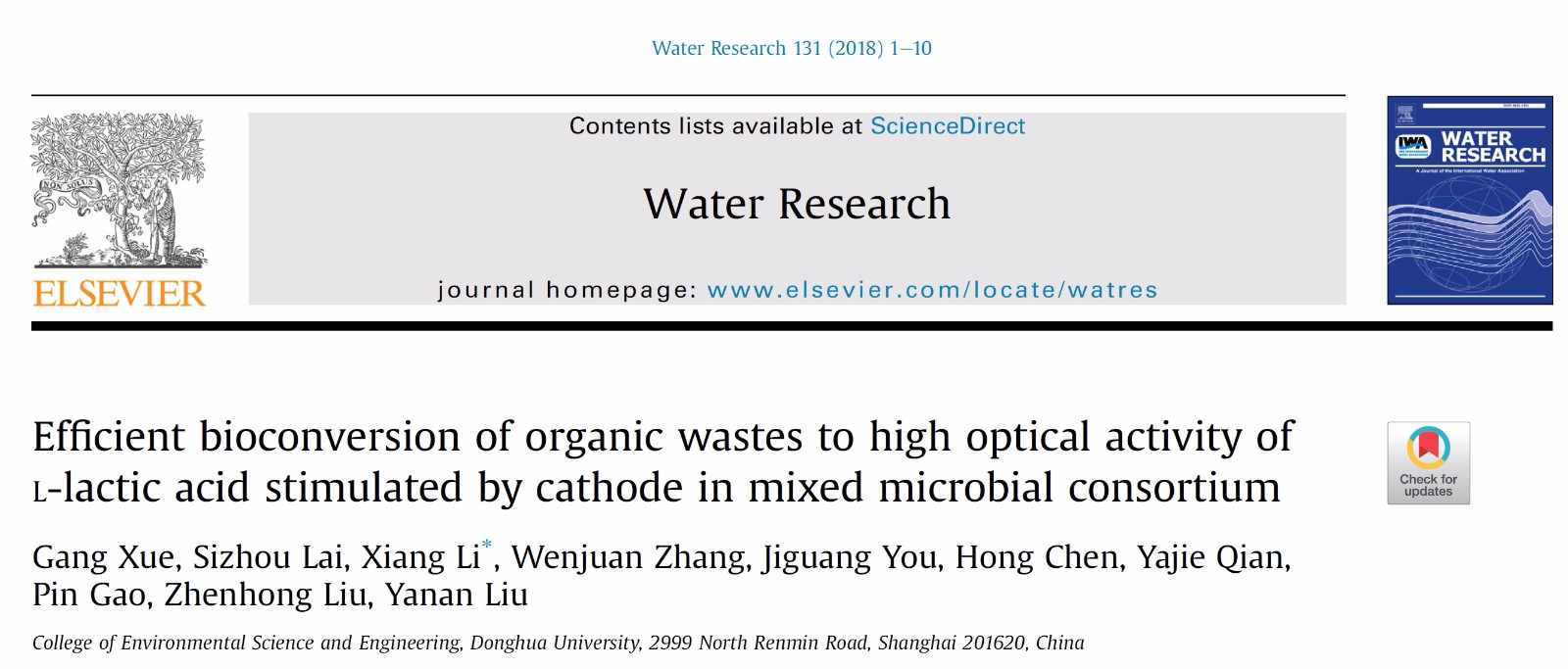
Abstract
Lactic acid is one of the emerging top biomass derived platform chemicals that can be fermented from organic wastes. This study evaluated the potential of Cathodic Electro-Fermentation (CEF) as a novel approach to enhance the yield of high optical activity (OA) of L-lactic acid from organic wastes using mixed microbial consortium. The fermentation process was stimulated through the cathode applied with �100 mV versus standard hydrogen electrode (SHE), which contributed to 4.73 times higher lactic acid productivity (0.6578 g L�1 h�1) compared to that in the open circuit control (0.1392 g L�1 h�1), and an improved OA of L-lactic acid was also observed (42.3% vs. 3.6% of the open circuit control). The study elucidated that the optimal voltage at �100 mV promoted the conversion of pyruvate to L-lactate by 77.9% compared to the Blank, which triggered the generation of L-lactic acid to occur rapidly even at low concentration of pyruvate. The signi?cant variation of microbial community in family- and genus-level distributions were observed in CEF system. Furthermore, the open-circuit operation test demonstrated that the cathode providing in-situ electron supply was essential to achieve high ef?cient bioconversion of organic wastes to lactic acid. Our work highlights the feasibility of CEF to steer high value-added fermentation products deriving from organic wastes by the mixed microbial consortium.
text link : https://doi.org/10.1016/j.watres.2017.12.02




